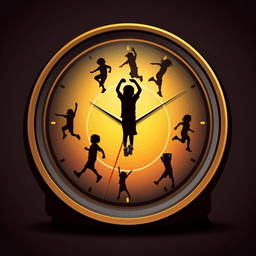
Medicine and Health
24-hour movement behaviours and mental health in non-clinical populations: A systematic review
R. Dale, T. O'rourke, et al.
Discover how sleep, physical activity and sedentary time together shape mental well-being across the day in a systematic review of 103 studies. Most adolescent (93%) and adult (89%) studies—and many child studies (70%)—found positive links between movement composition and mental health, though evidence certainty is low. Research conducted by Rachel Dale, Teresa O'Rourke, Barbara Nussbaumer-Streit, and Thomas Probst.
~3 min • Beginner • English
Related Publications
Explore these studies to deepen your understanding of the subject.







